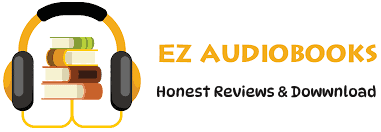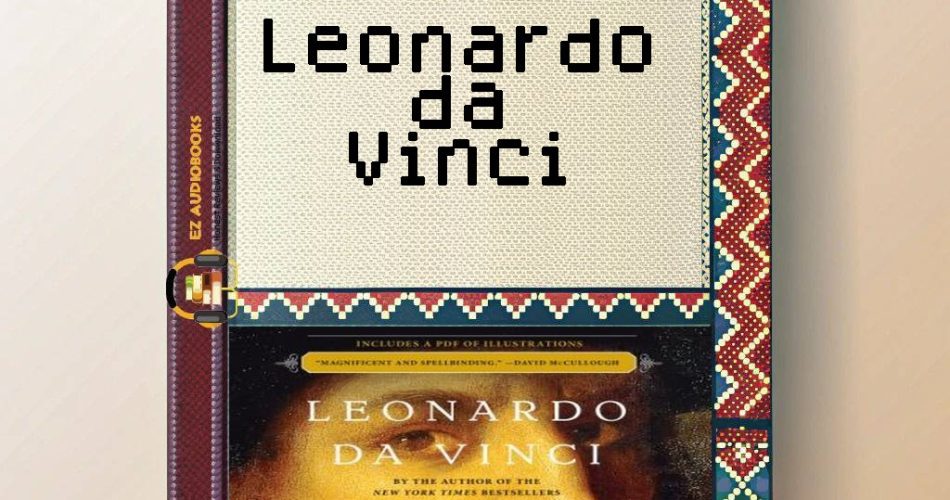Audiobook Sample
Listen to the sample to experience the story.
Please wait while we verify your browser...
- Title: Leonardo da Vinci
- Author: Walter Isaacson
- Narrator: Alfred Molina
- Length: 17:01:00
- Version: Abridged
- Release Date: 17/10/2017
- Publisher: Simon & Schuster Audio
- Genre: Biography & Memoir, Science & Technology, Arts & Entertainment, History & Culture
- ISBN13: 9.78E+12
As I listened to Alfred Molina’s rich baritone bring Walter Isaacson’s “Leonardo da Vinci” to life, I was transported back to my graduate school days at Harvard, where I first encountered da Vinci’s notebooks in a rare books seminar. The way Isaacson weaves together art, science, and biography reminds me of those heady days of interdisciplinary discovery, when every manuscript felt like a portal to another world.
What makes this audiobook exceptional is how perfectly Molina’s narration complements Isaacson’s meticulous research. His voice carries the weight of centuries when describing the “Mona Lisa”, then shifts to playful curiosity when detailing da Vinci’s whimsical flying machine designs. The 17-hour runtime (which flew by) allows for deep immersion in da Vinci’s world, from Florentine workshops to Milanese courts.
Through a cultural lens, what fascines me most is how Isaacson frames da Vinci’s ‘misfit’ qualities – his illegitimacy, left-handedness, and vegetarianism – not as obstacles but as creative advantages. This resonates deeply with my work on outsider narratives in literature. The audiobook’s greatest strength lies in making complex concepts accessible; Molina’s measured pacing helps digest da Vinci’s optical theories and anatomical studies.
The production quality is superb, with subtle musical accents during chapter transitions that never distract. My only critique is that some notebook sketches referenced would benefit from accompanying PDF materials. Compared to other scientific biographies I’ve reviewed, this stands out for its narrative flow – more “story” than “study”, yet equally rigorous.
For listeners, I’d recommend this particularly to: 1) Art history enthusiasts craving fresh perspectives 2) STEM professionals interested in creative thinking 3) Anyone who, like my Berkeley students debating “Cloud Atlas” formats, enjoys experiencing knowledge through multiple sensory channels. The audiobook format enhances Isaacson’s vivid prose, making da Vinci’s genius feel vibrantly present rather than distantly historical.
In scholarly admiration,
Prof. Emily Chen

